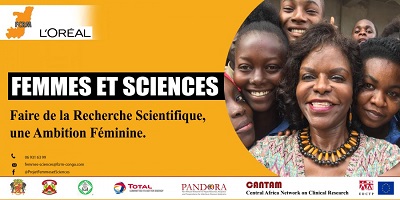Let me introduce you to the country where I will spend three months among strangers. They will be for me strangers just as I will be stranger for them. Especially in their eyes, I will be a virtual object, a character of a novel, a fiction, in short, an interesting object of study. In the same way, they will be all that for me too. Their environment, their customs, their ways of speaking, their way of working will be for me fragments of history to be reconstituted like pieces of a puzzle to lead to an understanding of an imaginary that is very far from the one in which I bathe.
The country of my destination is often hidden by the shadow of its neighbor who by its size and the richness of its subsoil attracts all the spotlight. The country which, in a few months, will offer me its hospitality does not often make the headlines, while a lot of things happen there. Its small population of about 4 million distributed over an area of 342,000 km2 is often plagued by civil wars, weakened by economic crises due to financial malpractices, torn by ethnic conflicts that divide the country into ethnically based geographical areas. But it is also a country that is not studied much. The lack of publications on the sociological, cultural and scientific levels is arousing the attention of researchers around the world who, in an intellectual burst, are rushing into the territory of the Republic of Congo.
Figure 1:political map of the Republic of Congo. Source:wikipedia
This awakening also shook me up, that’s why I chose to undertake an internship in Brazzaville to study the modalities of the production of scientific knowledge in Congo.
Figure 2: Congolese foundation for medical research
The production of scientific knowledge can be evaluated in several ways: by studying the quantity of scientific publications issued by scientific researchers, by the recurrence of certain concepts in publications, seminars, conferences. But the analysis of all these data may require knowledge in database processing. That is done today with new technologies. It is precisely in this area that Paul Vierthaler’s course is of great value because he is an expert in database processing using powerful computer programs. It’s a pity that for lack of time its course lasted only 20 minutes. In 20 minutes, he was forced to condense everything which resulted in the difficulty of understanding the content of his presentation. The importance of this course requires that it be reprogrammed so that students benefit from his expertise.
The ‘Researching Africa in 21st Century’ course aims to teach us how to master the different communication languages used in contemporary research. One of them is the possibility of reporting results in an innovative way such as the publication of a thesis on a website. An important element in the construction of a site is the design of a logo that represents the identity of the communicator. To help us design a logo, Harco van der Hurk who is a graphic designer and logo designer came to teach us tips for designing a good logo. The challenge was to teach us in a few hours techniques that require years of learning. But to take up the challenge, Harco van den Hurk let us use our creativity in giving us an exercise that consisted in creating a logo that would inform the public about the purpose of our research, the audience we want to reach and the message that we want to pass on.
It was an exercise that seemed to me tedious because I place the creation of a logo in the field of abstract. The interpretation of the logo is in my opinion very subjective. So how to conceive such an element that would succeed in giving a unique interpretation of its meaning. The interpretation of the logo, in my opinion, is associated with the cultural environment in which we find ourselves.
While creating my logo, I was intending to address a message to the whole population of Congo. My message is the same message that drives the organization where I will be conducting my internship. That message is: ‘’scientific research is accessible to anyone’’.
Figure 3: example of designed logos
The last part of this course was presented by Kim de Vries who spoke to us about the different ways of presenting the results of a research: “Creative research communication and publication: storytelling and graphic”.
Is the way in which I wrote this blog a creative way to communicate the content of the course of session number 9? Has the shape influenced the content? Has the shape strengthened the content?

